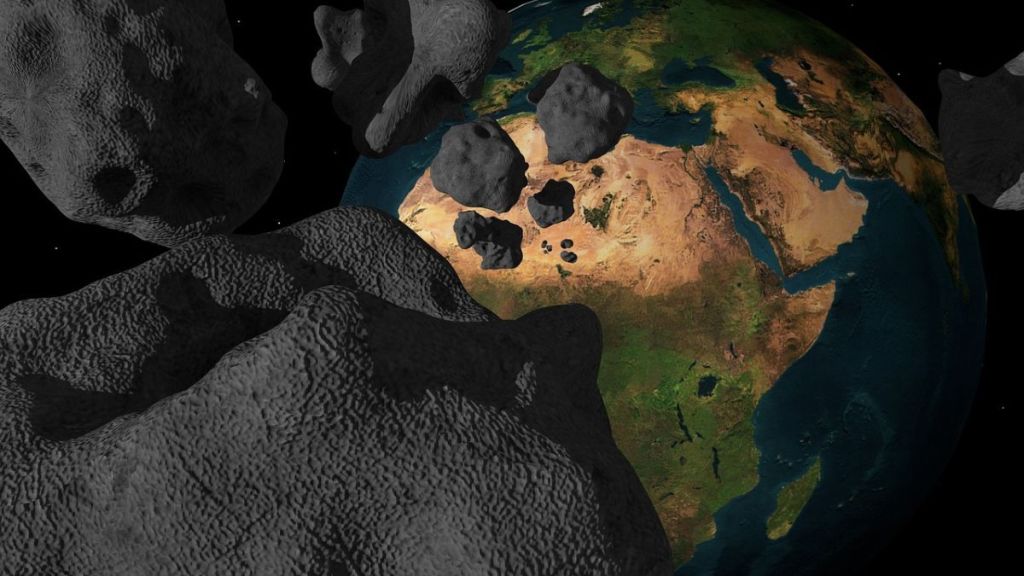The NASA Defense Coordination Office, tasked with surveying the skies and monitoring Near-Earth Objects, has released information regarding an imminent asteroid flyby on November 21. Dubbed Asteroid 2023 VW5, it is slated to approach Earth at a proximity of 1.7 million kilometers, hurtling through space at an astounding speed of about 40,269 kilometers per hour according to NASA’s data. Here are the key details about Asteroid 2023 VW5.
Asteroid 2023 VW5: Details of close approach
NASA has disclosed that Asteroid 2023 VW5 falls within the category of Aten group asteroids, a collection of Near Earth Asteroids (NEAs) that intersect Earth’s orbital path with semi-major axes smaller than our planet’s. These NEAs draw their designation from the first-known asteroid of this kind, 2062 Aten. The initial discovery within this group dates back to January 7, 1976, attributed to American astronomer Eleanor Helin’s observations at Palomar Observatory.
Despite its imminent approach, Asteroid 2023 VW5 isn’t deemed a potential hazard to Earth, primarily owing to its relatively diminutive size, and thus, has not been classified as a Potentially Dangerous Asteroid. Measuring roughly 89 feet in width, this celestial object stands equivalent to the size of an average aircraft. Comparatively, it exceeds the size of the Chelyabinsk asteroid, a 59-foot-wide NEO that detonated above a Russian city in 2013, causing substantial damage to over 7,000 structures and injuring more than 1,000 individuals.
What stands out remarkably is that this anticipated close approach isn’t the first instance of this asteroid’s interaction with Earth. Its inaugural recorded close encounter occurred on September 4, 1901, passing by the planet at a distance of 69 million kilometers. Following its current passage, the subsequent closest approach is forecasted to transpire on August 26, 2026, as it traverses Earth’s vicinity at a distance of 36 million kilometers.


